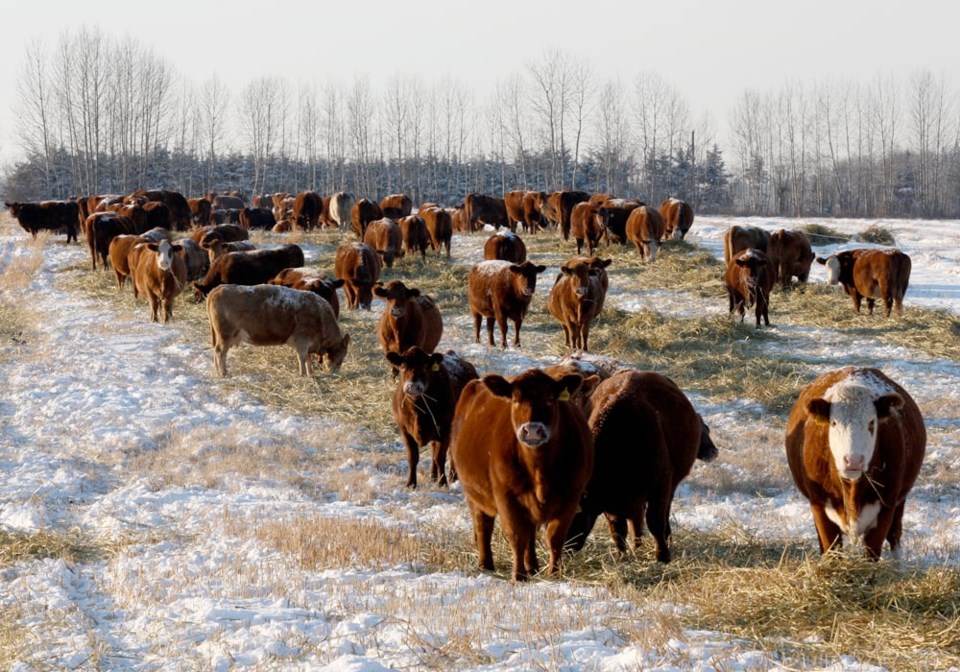REGINA — Western Canadian cattle producers able to retain cows and heifers through the drought have an opportunity south of the border.
Travis Hickey, founder of Cattlenomics in Colorado, told the Saskatchewan Beef Industry Conference that there aren’t enough cows to support the feeding and packing capacity in the United States.
Peak daily slaughter capacity is about 102,000 head, which is about 2,500 head more than pre-pandemic, he said.
“If you look at all the plans for plants that have been announced, if all of them were to be built they would have daily capacity over 119,000.”
Hickey said the plant planned in Â鶹ÊÓƵ Dakota is unlikely to go ahead, which would reduce that number to 112,000.
Looking at the Pacific Northwest region, weekly processing could be about 24,000 head. There is a huge increase in cattle on feed in Idaho and Washington, but they will need more.
“That’s a good thing for cattle producers in Western Canada,” Hickey said.
Overall, large volumes of U.S. heifers on feed and the smaller cow herd point toward tighter supply ahead. The country is already importing large amounts from Brazil and Australia.
Heifer retention will be the key factor to watch in the feeder and fed cattle markets this year, he noted.
“If weather prevents us from doing that, well, then we’ll kick the can down the road, so to speak, but it’d be great if we could increase the cow herd now.”
Hickey estimated an American inventory at Jan. 1 of 28.5 million cows, down 450,000 from last year.
“That’s actually 500,000 smaller than where we were in 2014, the previous cycle low, and 800,000 below 2015,” he said.
The January cattle-on-feed report showed nearly 12 million head in feedlots and heifers represented 40 percent of that. He said that is the highest number of heifers on feed in the history of that report.
“I want to make sure that my message is clear today: hang on to those cows. These cows are going to be worth a significant amount of money and we need to increase numbers in Western Canada.”
As in Western Canada, drought in the U.S. is a regional problem. Some areas have ample moisture and are in good shape.
“I think everybody in the U.S. industry is disappointed with the fed cattle prices right now because they’re so much below what the futures had indicated they would be four, five, six months ago,” Hickey said.




